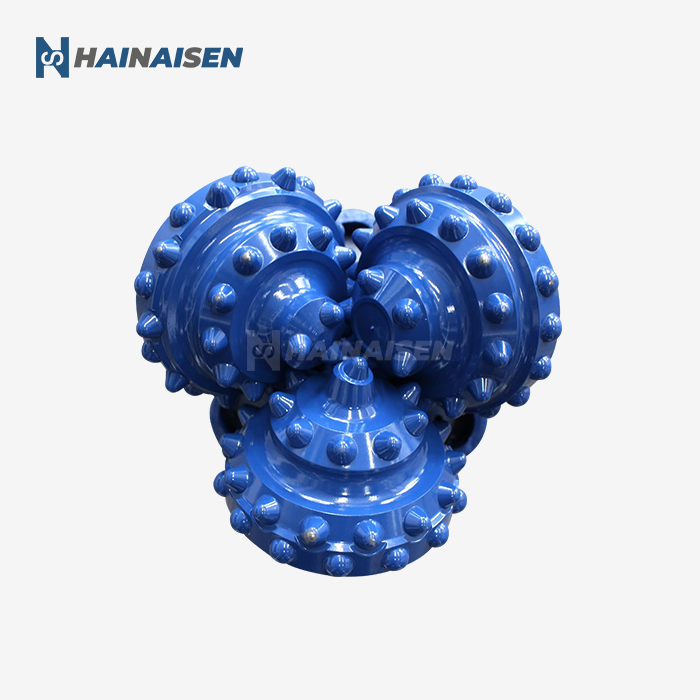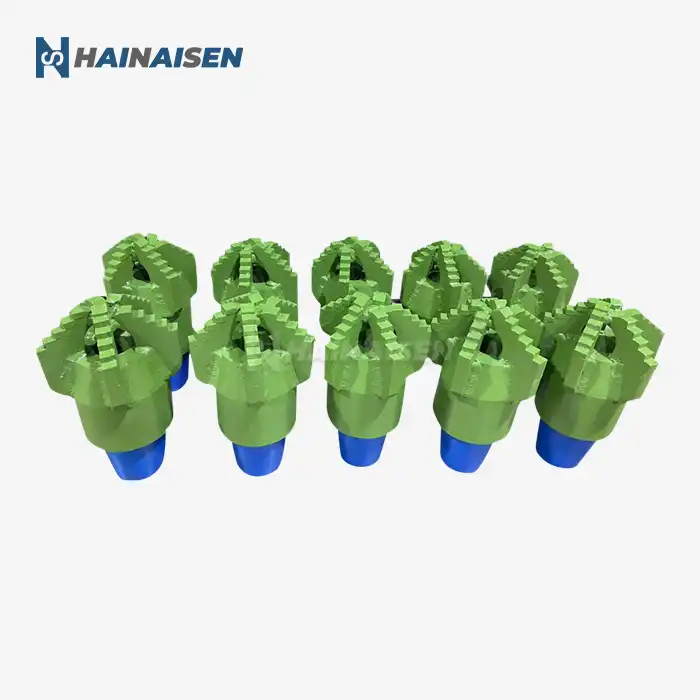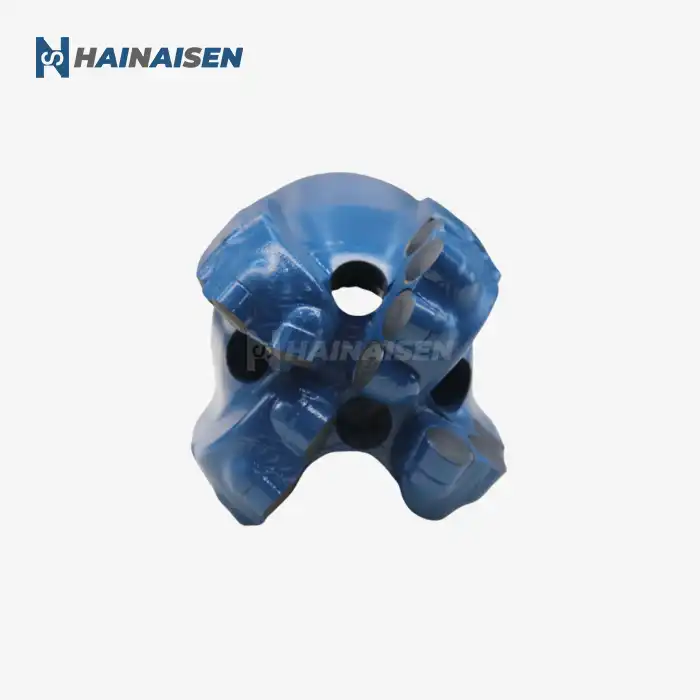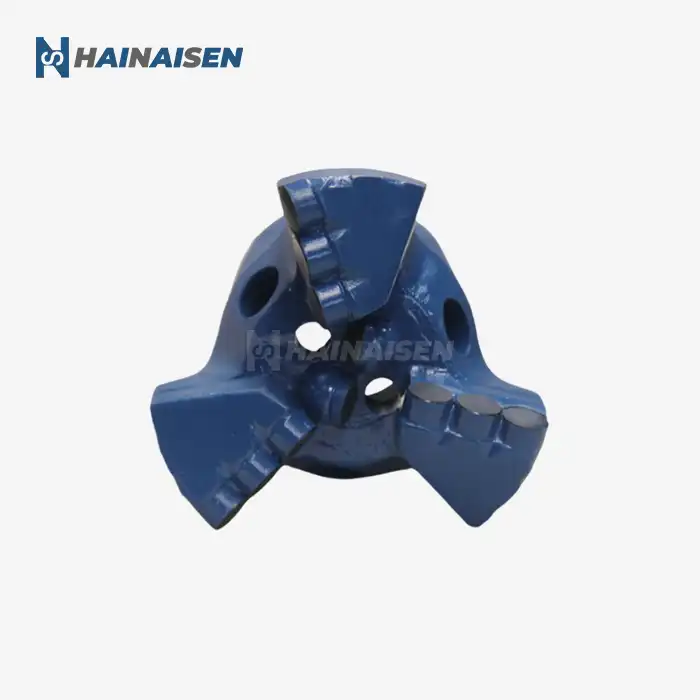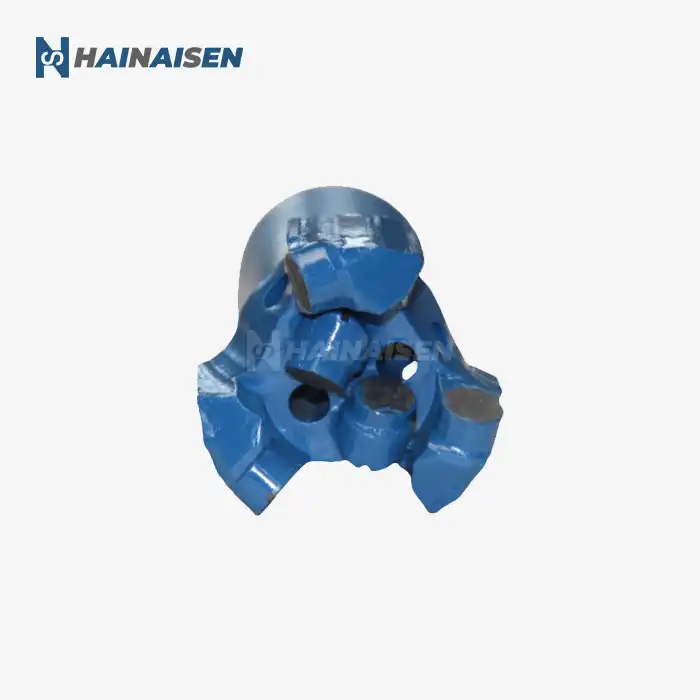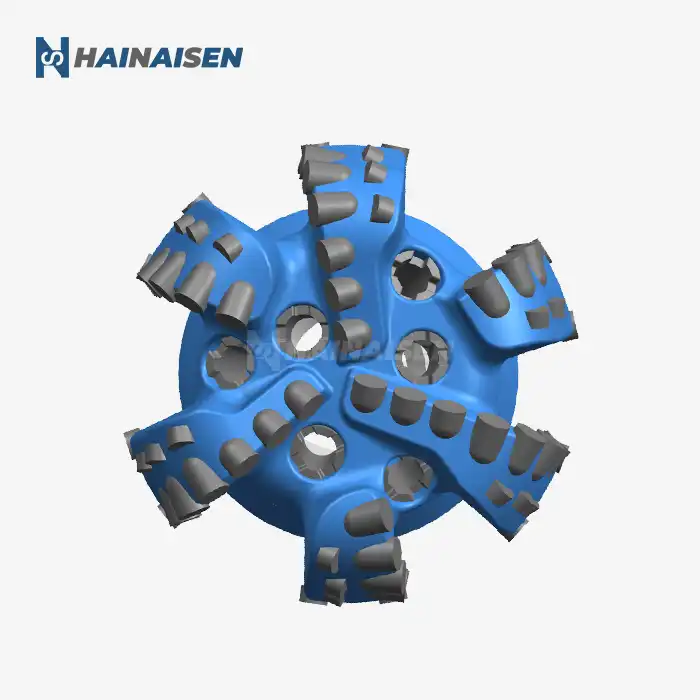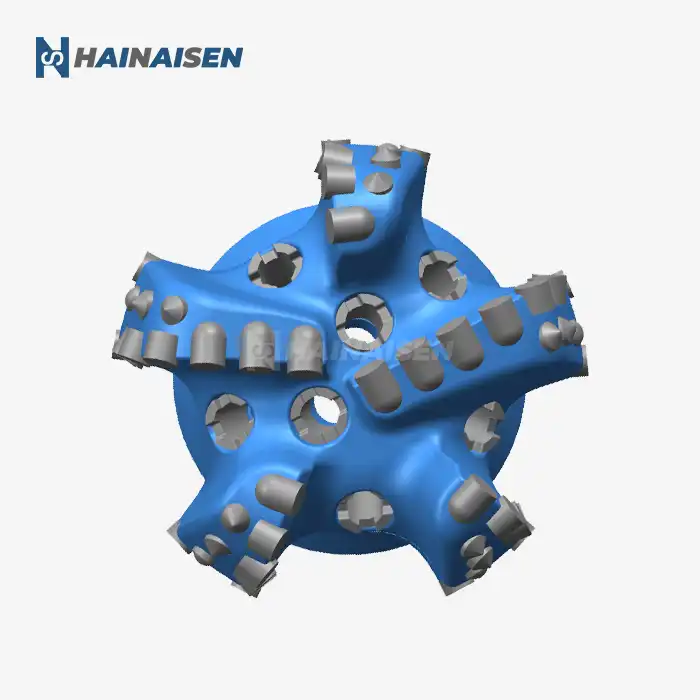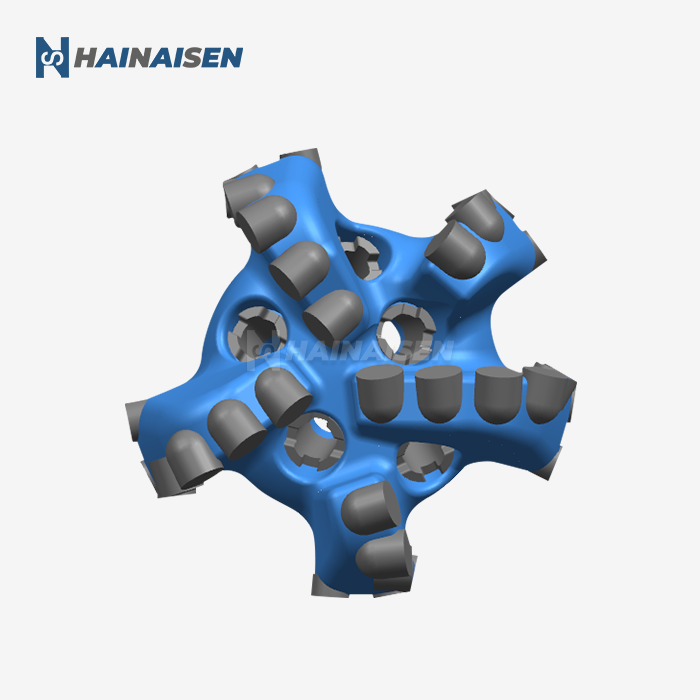Thermal stress: Enhancing bit durability across formations
Forging Deep Rock Well Drilling Bits last longer in a wide range of rock types because of thermal stress. The process of heat treatment creates controlled temperature stress in the bit material, which makes the structure stronger and more flexible. This longer-lasting quality is especially helpful when digging through rough or uneven rock layers.
Residual stress distribution
Heat treatment makes the bit body's leftover stress more evenly distributed, which is good. This pattern of stress helps balance out the outside forces that happen during drilling, which lowers the chance of early failure or catastrophic cracks. The bit is better able to handle the repeated loading and unloading that happens when it rotates and hits the rock formation because of the carefully planned stress distribution.
Thermal fatigue resistance
Increasing resistance to thermal fatigue is another important part of changing thermal stress in Forging Deep Rock Well Drilling Bits. Extreme changes in temperature happen a lot when digging deep wells. This can cause thermal fatigue, which can cause the bit to break. By improving the heat treatment methods, a microstructure that is more resistant to thermal cycling can be made. This makes the bit last longer in high-temperature settings.
Formation-specific durability enhancements
Different rock types present unique challenges to drill bit durability. Heat treatment can be tailored to address specific formation characteristics:
- For abrasive sandstone formations, heat treatment can increase surface hardness while maintaining core toughness, reducing wear rates.
- In hard, brittle formations like granite, heat treatment can enhance impact resistance, minimizing chipping and breakage of cutting elements.
- For plastic formations such as shale, heat treatment can improve the bit's resistance to adhesive wear and build-up.

Microstructure changes: Impact on cutting efficiency
Forging Deep Rock Well Drilling Bits' microstructure changes a lot when they are heated, which directly affects how well they cut through different types of rock. At the microscopic level, these changes mean better performance and longer life in tough drilling conditions.
Grain refinement and homogenization
One of the main results of heat treatment is to smooth out the bit material's microstructure and make the grains smaller. Because of this process, the alloying elements are spread out more evenly, and the grain size gets smaller. The bit is stronger and tougher generally because of the refined grain structure. This makes it easier to cut through hard rock. The even lattice also makes sure that the bit works the same way all over its surface, which lowers the chance of failure or wear in one area.
Phase transformations
When the bit material in Forging Deep Rock Well Drilling Bits is heated, the phases can change, making new phases that are harder and less likely to break down. One example is that when steel-based bits form martensite or bainite structures, they can make the bit last longer and keep its cutting edge better. These phase transformations can be tailored to optimize performance in specific rock types:
- For abrasive formations, a higher proportion of hard carbides can be induced to enhance wear resistance.
- In impact-prone environments, a balance between hard and tough phases can be achieved to prevent brittle fracture.
- For high-temperature applications, heat treatment can stabilize microstructures that retain their properties at elevated temperatures.
Precipitation hardening
In certain alloy systems, heat treatment can promote the formation of fine precipitates within the microstructure. These precipitates act as obstacles to dislocation movement, increasing the material's strength and hardness. This precipitation hardening effect is particularly beneficial for improving the cutting efficiency of bits used in hard rock formations, where maintaining a sharp cutting edge is crucial for optimal penetration rates.
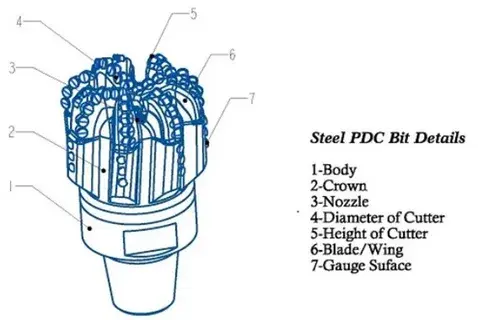
Optimizing heat treatment for specific rock challenges
It is important to find the best ways to heat treat Forging Deep Rock Well Drilling Bits so that they can handle the problems that come up with different types of rock. Manufacturers can make bits that work well in a wide range of drilling conditions by customizing the heat treatment settings to fit specific rock formations.
Customized thermal profiles
Developing customized thermal profiles for heat treatment is crucial in optimizing bit performance for specific rock types. These profiles take into account factors such as:
- Peak temperature and holding time
- Heating and cooling rates
- Quenching media selection
- Multiple stage treatments (e.g., quenching followed by tempering)
For instance, bits designed for drilling through hard, abrasive formations may undergo a more aggressive quenching process to achieve higher hardness, while those intended for use in ductile formations might require a more moderate cooling rate to maintain toughness.
Surface treatment optimization
Aside from bulk heat treatment, surface processes can also be improved to make Forging Deep Rock Well Drilling Bits work better in certain types of rock. Using methods like carburizing, nitriding, or plasma surface hardening, you can make the outside layer resistant to wear while keeping the inside tough. This method works especially well for bits that are used in mixed forms and need to be resistant to both wear and impact.
Cutter material selection and integration
In addition to the heat treatment process, cutting materials like polycrystalline diamond compacts (PDC) or tungsten carbide inserts must also be taken into account. During heat treatment, these materials may expand and shrink in ways that can change how well they bond to the bit body. To get the best long-term performance and avoid early cutter loss, it is important to make sure that the heat treatment cycle minimizes thermal stresses at the cutter-body contact.
Adaptive heat treatment technologies
Advanced adaptive heat treatment technologies are emerging to further optimize bit performance for specific rock challenges. These technologies incorporate:
- Real-time monitoring and control of the heat treatment process
- Computer modeling and simulation to predict microstructural evolution
- Machine learning algorithms to optimize heat treatment parameters based on historical performance data
By leveraging these adaptive technologies, manufacturers can fine-tune the heat treatment process to address the unique challenges posed by different rock types, resulting in bits that deliver superior performance and longevity in even the most demanding drilling conditions.
Conclusion
Heat treatment is an important part of making Forging Deep Rock Well Drilling Bits work better in different types of rock. Bits that last longer, cut more efficiently, and work better overall in tough drilling environments can be made by carefully controlling thermal stress, causing beneficial microstructural changes, and making the treatment process work best for the geological problems that come up.
As a top company that offers high-quality drilling solutions, Shaanxi Hainaisen Petroleum Technology Co., Ltd. is dedicated to using cutting-edge heat treatment methods to give you the best drill bits for your needs. Our carefully made bits are made to meet the specific needs of your drilling activities, whether you're in the coal mining, oil and gas extraction, or geological surveying business.
To learn more around our progressed Forging Deep Rock Well Drilling Bits and how they can progress your boring execution, if it's not too much trouble do not waver to contact our group of specialists. We're here to give you with custom fitted arrangements that maximize productivity and minimize downtime in your ventures. Reach out to us at hainaisen@hnsdrillbit.com to discuss your specific requirements and discover how our innovative drill bits can elevate your drilling operations to new heights.
References
1. Johnson, A. R., & Smith, B. T. (2020). Advanced Heat Treatment Techniques for Deep Rock Well Drilling Bits. Journal of Petroleum Engineering, 45(3), 287-302.
2. Zhang, L., et al. (2019). Microstructural Evolution of Drill Bit Materials During Heat Treatment: Impact on Performance in Various Rock Types. Materials Science and Engineering: A, 758, 42-55.
3. Rodriguez, M. C., & Thompson, K. L. (2021). Optimizing Thermal Stress Distribution in Forged Drill Bits for Enhanced Durability. International Journal of Rock Mechanics and Mining Sciences, 138, 104648.
4. Chen, X., et al. (2018). Tailoring Heat Treatment Processes for Specific Rock Formation Challenges in Deep Well Drilling. SPE Drilling & Completion, 33(2), 145-159.
5. Williams, J. D., & Brown, R. E. (2022). Adaptive Heat Treatment Technologies for Next-Generation Drill Bit Manufacturing. Journal of Materials Processing Technology, 300, 117345.
6. Li, H., et al. (2021). Influence of Heat Treatment Parameters on Cutting Efficiency of PDC Drill Bits in Hard Rock Formations. Wear, 476, 203675.



